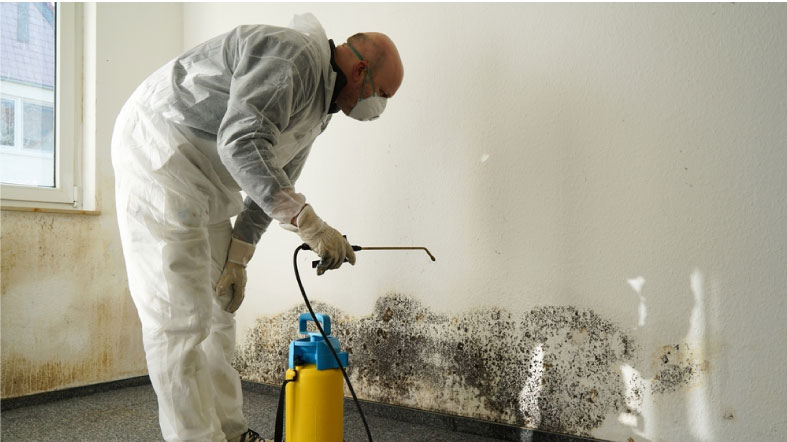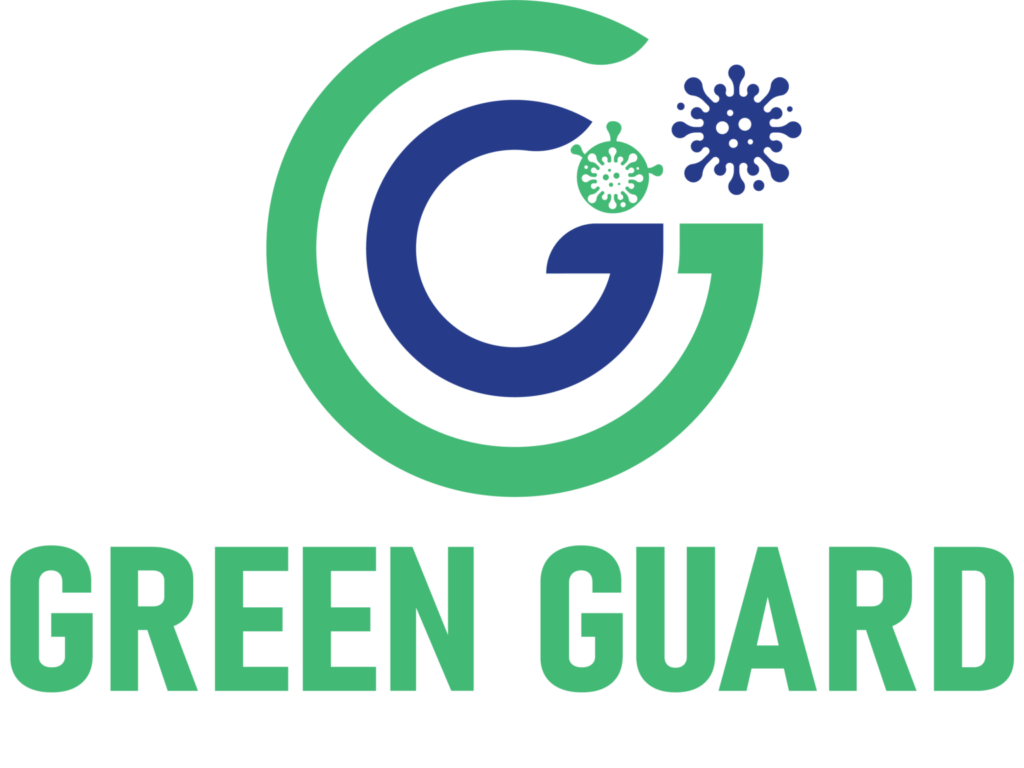Understanding Water Damage: Categories and Classes
Assessing the nature and extent of water damage is the first step in developing an effective remediation plan. The Institute of Inspection Cleaning and Restoration Certification (IICRC) has established a classification system to help homeowners and professionals navigate the complexities of water-related issues.
Water Damage Categories
The IICRC categorizes water damage based on the type and level of contamination present in the affected area. There are three main categories of water damage:
- Category 1 (Clean Water): This category encompasses water from clean, sanitary sources, such as broken pipes, leaking faucets, or overflowing sinks. While Category 1 water may still cause significant damage, it poses minimal health risks.
- Category 2 (Greywater): Greywater refers to water that contains some level of contaminants, such as detergents, chemicals, or food particles. This type of water can come from appliances, showers, or washing machines. Greywater poses a greater health risk than clean water and requires more thorough cleaning and disinfection.
- Category 3 (Blackwater): Blackwater is the most hazardous type of water damage, as it contains dangerous pathogens, chemicals, and other contaminants. This category includes water from sewage backups, flooding from natural sources, and toilet overflows with fecal matter.

Water Damage Classes
In addition to the water category, the IICRC also classifies water damage based on the amount of water present and the difficulty of removal. There are four classes of water damage:
- Class 1: This is the least severe class, involving limited water absorption and minimal damage to building materials.
- Class 2: This class involves significant water absorption, with the water wicking up walls and affecting carpets and cushions.
- Class 3: In this class, the water has thoroughly soaked the building materials, including the subfloor and walls.
- Class 4: The most extreme class, Class 4 water damage involves water that is trapped in materials like hardwood, concrete, or plaster, requiring specialized drying equipment and techniques.
Understanding the category and class of water damage is crucial in determining the appropriate remediation strategies and ensuring the safety of your home and its occupants.
Common Causes of Water Damage
Water damage can stem from a variety of sources, some more obvious than others. By being aware of the common culprits, you can proactively address potential issues and minimize the risk of costly repairs.
Leaky Pipes
Leaking pipes are one of the most prevalent causes of water damage in homes. These leaks can be the result of water pressure issues, pipe material degradation, poor seals, or even freezing temperatures. Regular inspections and prompt repairs are essential in preventing pipe-related water damage.
Broken Appliances
Leaking pipes are one of the most prevalent causes of water damage in homes. These leaks can be the result of water pressure issues, pipe material degradation, poor seals, or even freezing temperatures. Regular inspections and prompt repairs are essential in preventing pipe-related water damage.
Clogged or Damaged Gutters
Clogged or improperly functioning gutters can lead to water accumulation around the home’s foundation, potentially causing seepage and structural damage. Clearing gutters of debris and ensuring proper water drainage is crucial for protecting your property.
Roof Leaks
Damaged or aging roofing materials can allow water to infiltrate the home, leading to ceiling stains, mold growth, and other issues. Regular roof inspections and timely repairs are essential in maintaining a watertight barrier.
Severe Weather Events
Extreme weather conditions, such as heavy rainfall, hurricanes, and snowmelt, can overwhelm a home’s drainage systems and cause widespread flooding. Preparing your property for severe weather and ensuring proper drainage can help mitigate the impact of these natural events.
Clogged Drains
Buildup of hair, grease, and debris in kitchen and bathroom drains can cause water to back up and overflow, leading to water damage in the surrounding areas. Routine drain maintenance and cleaning can prevent these issues.
Damaged Utility Pipes
The pressurized pipes that supply water to your home can deteriorate over time, leading to leaks or even bursts. Discolored water, low pressure, and unusual sounds coming from the pipes can be early warning signs of potential problems.
By understanding these common causes of water damage, you can proactively address potential issues and implement preventive measures to safeguard your property.
Early Detection and Preventive Measures
Catching water damage early is crucial in minimizing the extent of the problem and the associated costs. Here are some strategies to help you detect and prevent water damage before it becomes a major issue.
Regular Inspections
Conducting regular inspections of your home’s foundation, basement, attic, and exterior can help you identify potential problem areas before they escalate. Look for signs of water intrusion, such as discoloration, musty odors, or visible mold growth.
Moisture Monitoring
Investing in leak detection sensors or smart home technologies can provide early warning signs of water leaks, allowing you to address the issue before it causes significant damage. These systems can alert you to problems, even when you’re away from your home.
Routine Maintenance
Staying on top of routine maintenance tasks, such as cleaning gutters, inspecting roofs, and servicing appliances, can go a long way in preventing water-related issues. Addressing small problems before they become larger ones can save you time, money, and stress.
Water Shutoff Valves
Knowing the location of your home’s main water shutoff valve, as well as the individual shutoff valves for appliances and fixtures, can be invaluable in the event of a water emergency. Being able to quickly turn off the water supply can help minimize the extent of the damage.
Insulation and Ventilation
Proper insulation and ventilation in your home can help prevent the buildup of condensation, which can lead to mold growth and other water-related issues. Ensure that your attic, walls, and crawl spaces are adequately insulated and ventilated.
Exterior Maintenance
Maintaining the exterior of your home, including the foundation, siding, and landscaping, can help divert water away from the structure and prevent seepage. Inspect for cracks, gaps, or other vulnerabilities that could allow water to penetrate.
By implementing these proactive measures, you can significantly reduce the risk of water damage and safeguard your home against the costly and potentially hazardous consequences of water intrusion.
Addressing Water Damage Emergencies
Despite your best efforts, there may be times when water damage occurs unexpectedly. When faced with a water-related emergency, it’s crucial to act quickly and decisively to mitigate the damage and prevent further complications.
Assess the Situation
The first step in addressing a water damage emergency is to assess the situation and identify any immediate safety hazards. Look for electrical risks, structural instability, or potential health hazards, such as the presence of contaminated water or mold growth.
Shut Off the Water Supply
Locate the main water shutoff valve and turn off the water supply to the affected area, or the entire home if necessary. This will help stop the flow of water and prevent further damage.
Remove Standing Water
Use a wet/dry vacuum, mops, or other suitable equipment to remove any standing water from the affected area. This will help prevent the water from seeping into building materials and causing additional damage.
Dry the Area
Once the standing water has been removed, use fans, dehumidifiers, or other drying equipment to thoroughly dry the affected area. This will help prevent the growth of mold and minimize the risk of secondary water damage.
Clean and Disinfect
Depending on the category of water damage, you may need to clean and disinfect the affected area to prevent the spread of contaminants and potential health hazards. Follow recommended cleaning protocols and use appropriate personal protective equipment (PPE) if dealing with Category 2 or 3 water damage.
Document the Damage
Take detailed photographs and maintain a record of the water damage, including the source, extent of the damage, and any actions taken. This documentation will be crucial if you need to file an insurance claim.
Seek Professional Assistance
For more extensive or complex water damage, it’s advisable to contact a professional water damage restoration company. These experts have the necessary equipment, expertise, and resources to effectively mitigate the damage and restore your property to its pre-damage condition.
By following these steps, you can minimize the impact of water damage and take the necessary actions to protect your home and its occupants.
Restoring Water-Damaged Areas
Once the immediate water emergency has been addressed, the process of restoring the affected areas can begin. Depending on the extent of the damage, this may involve a range of specialized techniques and procedures.
Structural Drying
For water damage that has penetrated into building materials, such as walls, floors, or ceilings, a comprehensive structural drying process may be necessary. This involves the use of specialized equipment, like high-powered air movers and dehumidifiers, to thoroughly dry the affected areas.
Mold Remediation
If mold growth has occurred as a result of the water damage, a professional mold remediation process will be required. This may involve the removal and disposal of contaminated materials, as well as the application of antimicrobial treatments to prevent future mold growth.
Repair and Replacement
Depending on the severity of the damage, some building materials may need to be repaired or replaced. This could include patching drywall, refinishing wood floors, or replacing insulation and other structural components.
Cleaning and Sanitization
In addition to structural repairs, the affected areas will need to be thoroughly cleaned and sanitized to remove any remaining contaminants or residues. This may involve the use of specialized cleaning solutions and techniques to ensure a safe and healthy living environment.
Restoration and Reconstruction
For more extensive water damage, a full-scale restoration or reconstruction process may be necessary. This could involve the demolition and rebuilding of affected areas, the replacement of damaged appliances or fixtures, and the complete restoration of the property to its pre-damage state.
Throughout the restoration process, it’s important to work closely with qualified professionals, such as water damage restoration specialists, to ensure that the job is done correctly and in compliance with all relevant safety and building codes.
Protecting Your Home During Vacations and Absences
Leaving your home unattended for an extended period can increase the risk of water damage, as leaks or malfunctions may go unnoticed until significant harm has been done. To safeguard your property while you’re away, consider the following strategies:
Shut Off the Main Water Supply
Before leaving your home, locate the main water shutoff valve and turn it off. This will prevent water from continuing to flow in the event of a pipe burst or other plumbing issue.
Shut Off Individual Appliances
In addition to the main water supply, identify and shut off the water supply to individual appliances, such as washing machines, dishwashers, and water heaters. This will minimize the risk of water damage from a malfunctioning appliance.
Maintain Proper Heating
During colder months, ensure that your home’s heating system is set to a minimum of 55°F (12.8°C). This will help prevent pipes from freezing and bursting, which can lead to extensive water damage.
Install Leak Detection Sensors
Consider investing in smart home technology or leak detection sensors that can alert you to water leaks, even when you’re away from your property. These systems can help you address problems quickly and minimize the extent of the damage.
Enlist Trusted Caretakers
Arrange for a trusted neighbor, friend, or property management company to regularly check on your home while you’re away. They can inspect for any signs of water damage or other issues and take immediate action if necessary.
Review Your Insurance Coverage
Familiarize yourself with your homeowner’s insurance policy and understand the coverage it provides for water damage. This will help you prepare for potential claims and ensure that you have the necessary protection in place.
By implementing these proactive measures, you can significantly reduce the risk of water damage to your home during periods of extended absence, giving you peace of mind while you’re away.
Preventing Water Damage: A Holistic Approach
Effectively preventing water damage requires a comprehensive, multifaceted approach that addresses the various potential sources of water intrusion and the underlying factors that contribute to these issues.
Integrated Home Maintenance
Maintaining your home’s various systems, including plumbing, roofing, gutters, and appliances, is crucial in preventing water damage. Establish a regular maintenance schedule and address any issues promptly to avoid more significant problems down the line.
Proactive Inspections and Monitoring
Regularly inspecting your home’s foundation, basement, attic, and exterior for signs of water damage, and implementing continuous monitoring through smart home technologies, can help you identify and address problems before they escalate.
Effective Drainage and Landscaping
Ensuring proper drainage around your home’s foundation and implementing strategic landscaping can help divert water away from the structure, reducing the risk of water intrusion and seepage.
Ongoing Education and Awareness
Staying informed about the latest water damage prevention techniques, industry best practices, and emerging technologies can empower you to make informed decisions and take proactive steps to safeguard your property.
Collaboration with Professionals
Partnering with qualified professionals, such as plumbers, roofers, and water damage restoration specialists, can provide valuable expertise and support in identifying, addressing, and preventing water-related issues.
By adopting a comprehensive, holistic approach to water damage prevention, you can significantly enhance the long-term protection and resilience of your home, ensuring that it remains a secure, healthy, and well-maintained haven for you and your loved ones.
Conclusion
Water damage can be a persistent and pervasive threat to homeowners, but with the right knowledge, vigilance, and proactive measures, you can effectively mitigate the risks and safeguard your property. By understanding the different categories and classes of water damage, identifying common causes, and implementing a multi-faceted prevention strategy, you can significantly reduce the likelihood of costly and disruptive water-related issues.
Remember, early detection and prompt action are key to minimizing the impact of water damage. Regularly inspect your home, invest in smart monitoring technologies, and maintain your property’s various systems to stay ahead of potential problems. And when faced with a water emergency, act quickly, prioritize safety, and don’t hesitate to seek professional assistance if needed.
By embracing the strategies and insights outlined in this comprehensive guide, you can take control of your home’s water-related risks and enjoy the peace of mind that comes with a well-protected, resilient property. Embark on your journey to water damage prevention today, and safeguard your most valuable investment for years to come.


Hi, this is a comment.
To get started with moderating, editing, and deleting comments, please visit the Comments screen in the dashboard.
Commenter avatars come from Gravatar.